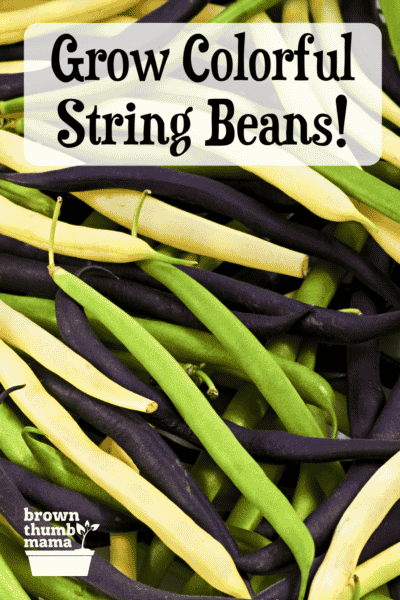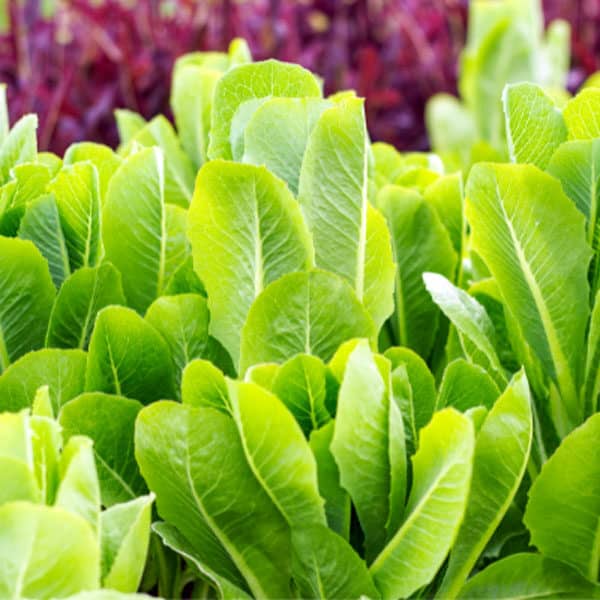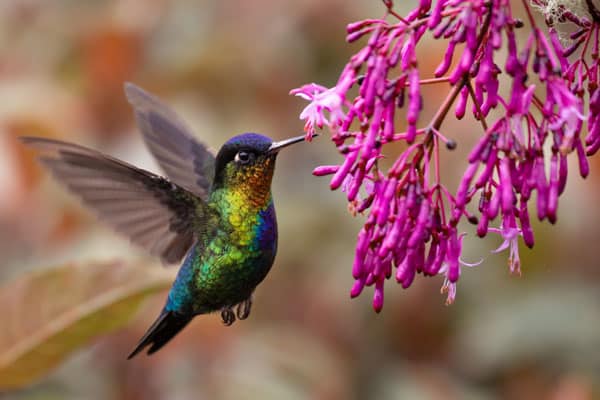This post may include affiliate links.
If you make a purchase, I'll earn a small fee at no extra cost to you.
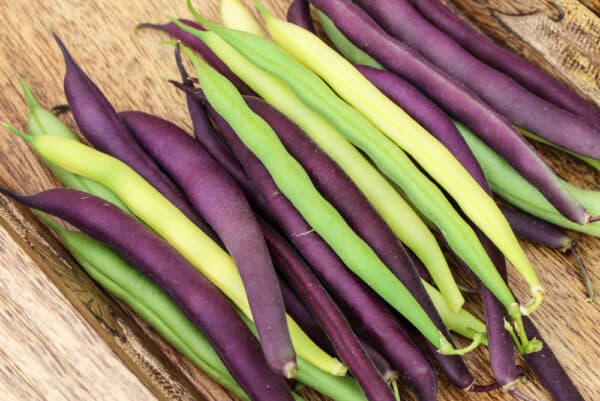
Growing Green Beans: Quick Start Guide
| Common name(s) | Green Beans |
| Scientific name | Phaseolus vulgaris |
| Sun | Full sun |
| Water | Frequent |
| Soil | Well-drained, fertile |
| Hardiness | Warm season annual; US zones 3-10 |
| Fertilizer | Every 2 weeks |
| Container size | 3 gallon or larger |
| Pests | Cutworms, bean beetles, aphids, slugs/snails |
| Diseases | Bacterial brown spot, mosaic virus, anthracnose |
| Days to harvest | 55-60 days |
Types of Green Beans
Green beans (scientific name Phaseolus vulgaris) are an annual vegetable that must be replanted from seed each year. There are two main types–pole beans and bush beans–and many different varieties within these types.
Pole beans: these green beans are vines, and can grow several feet tall (hence the need for supports like poles, trellises, or stakes).
Bush beans: as you can tell from the name, these bean plants grow in bushes that are only 1-2 feet tall.
Bush beans produce more quickly but for a shorter period of time. Pole beans take longer to produce, but have a longer growing season. Both types give great yields; choose the type that fits the space you have best.
Specialty Beans
Filet beans: also called French filet or haricot vert, these beans are harvested when pods are thin and tender.
Wax beans: these are simply string beans that are yellow because they’re bred without chlorophyll.
Purple beans: these beans are purple from plant pigments called anthocyanins. They’re green on the inside, and turn completely green when cooked.
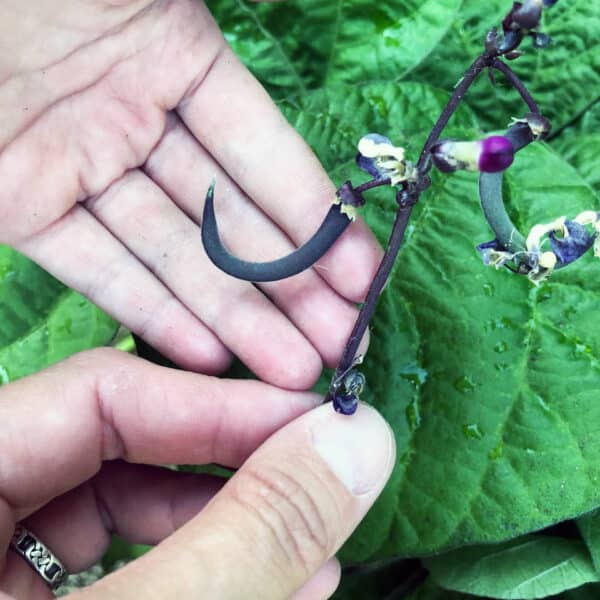
Recommended Varieties
Let me tell you–it was hard to narrow this down! These are my picks for tasty, reliable beans that will give you a huge yield.
Pole Beans
Kentucky Wonder: The classic variety for heavy crops of meaty, tender, 6″ long pods with delicious flavor. Easy to grow and productive over a long harvest period. Vines are vigorous with heavy yields.
Blue Lake: Heirloom plants produce plump, tender 5–6″ white-seeded pods that are crisp and stringless. Produces prolifically over a long season.
Bush Beans
Classic Slenderette: These sleek rounded pods are particularly tender and crunchy with no tough tips or fiber. The vigorous plants bear strong harvests of delectable, bright green, 5″ pods early in the season.
Blue Lake Bush: Bears heavy yields of slender, dark green, stringless pods. They have a firm texture and an old-fashioned, rich green bean flavor.
Filet Beans
Nickel Filet bush bean: These first-quality mini beans are produced in abundance on sturdy compact plants, and mature at just 3-4″ long and 1/4″ in diameter.
Emerite Filet pole bean: This long, elegant filet pole bean is from one of the oldest French breeders. The pods are slim, rounded, and grow 7-9″ long. Emerite’s tall vines are vigorous and productive with high yields.
Wax Beans
French Gold pole bean: Golden-yellow long, slim pods stand out from green vines for easy harvesting. Great garden performance and yield over a long season.
Eureka bush bean: Plants produce heavy yields of very tender, 5–6″ beans, and yellow pods make finding the harvest a snap.
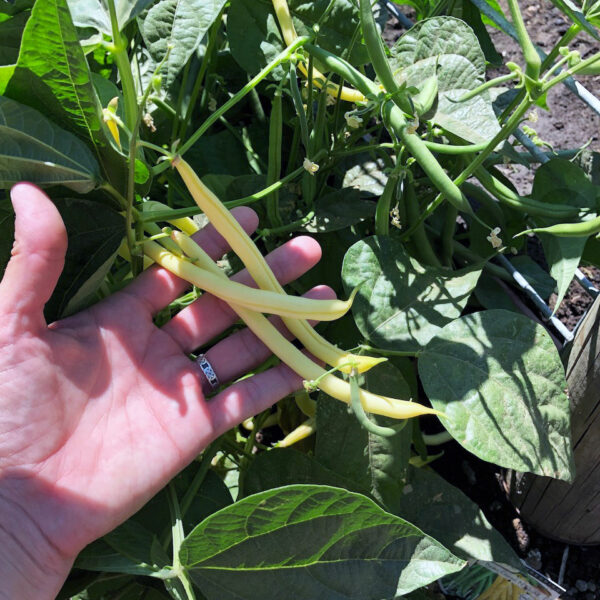
Purple Beans
Rich Purple Pod pole bean: Discovered in an Ozarks vegetable garden in the 1930s, the striking deep purple pods grow in abundance on 6′ tall vines over a long season. Tender and round, the 5-7″ stringless pods turn green when cooked.
Royal Burgundy bush bean: Deep purple pods are easily found among the backdrop of green foliage. It grows better than other varieties in cool weather.
Container Varieties
Bush beans are the best choice for planting in containers. Pole beans grow too tall to be safely supported in any but the largest container. Here are the best varieties of green bean to grow in containers.
Planting & Spacing
Plant green bean seeds directly in the garden after danger of frost. Plant seeds about an inch deep and 4” apart in early spring, when the soil is warm. I like to add in a bit of EB Stone Sure Start for an extra boost of nutrients.
Succession plant bush beans every 10-14 days to ensure a continuous harvest. This means planting a new batch of seeds every two weeks, so there are always new plants producing as old plants are dying off.
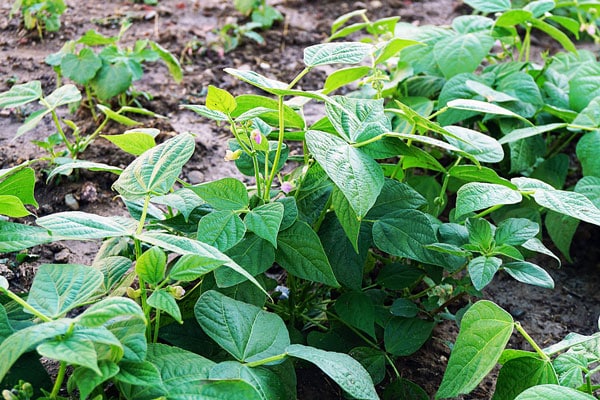
Sun, Water, Soil
Green beans grow best in full sun. This means they need at least 6 hours of direct sunlight each day, without any shade. If they get more sun than that, great! If you grow green beans in an area that gets less than 6 hours of direct sun per day, you may get fewer or smaller beans than if the plant had full sun.
Newly-planted seeds should be gently watered once a day; mature plants may only need to be watered every few days. Stick your finger or a wooden chopstick at least two inches into the soil—if the soil feels damp or sticks to your finger, there’s enough moisture. If your finger comes up dry with no soil sticking to it, it’s time to water. Try to water the soil (not the leaves of the plants) to prevent powdery mildew and fungal diseases.
Grow beans in well-drained, fertile soil with extra homemade compost or worm castings to provide extra nutrients. Add mulch over the soil to conserve water and prevent weeds.
If you’re growing pole beans, be sure you’ve installed a trellis or other support immediately after planting.
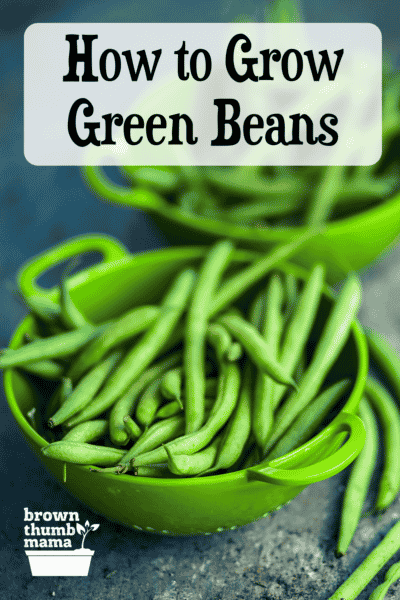
Fertilizing
Fertilize green beans with a low-nitrogen fertilizer every 2 weeks. Since beans produce their own nitrogen, adding additional nitrogen through fertilizing will cause the plant to grow leaves only (not flowers or beans). I like to use EB Stone Tomato & Vegetable Food.
Pests and Diseases
Most green bean diseases, like bacterial brown spot, mosaic virus, and anthracnose, can be avoided by buying disease-resistant varieties.
There are a few garden pests that like green bean plants, but most of these insects can be controlled with natural methods.
- Cutworms may munch the seedlings when first emerging from the soil; protect seedlings with a tiny “fort” made of a toilet paper tube.
- Mexican bean beetles can cause a lot of damage to your crop. The larvae and beetles eat away at the leaves and beans, destroying them in short order. The best way to eliminate them is to hand-pick them and squish them. Neem oil and insecticidal soap can also work, but you must thoroughly spray the tops and undersides of all the leaves.
- A few aphids are not a problem, but once they start multiplying it’s hard to get ahead of them. As soon as you see them, use one of these natural eradication methods.
- Every gardener has snails and slugs in their garden, but there are lots of natural ways to get rid of them.
Companion Plants
What’s a companion plant? Well, just like people, some plants get along better than others. This is absolutely true for green beans! Green beans do well when planted near cucumbers, strawberries, potatoes, or rosemary. Don’t plant green beans near chives, onions, leeks or garlic.
Learn lots more about companion planting with the great book, Plant Partners: Science-Based Companion Planting Strategies for the Vegetable Garden.
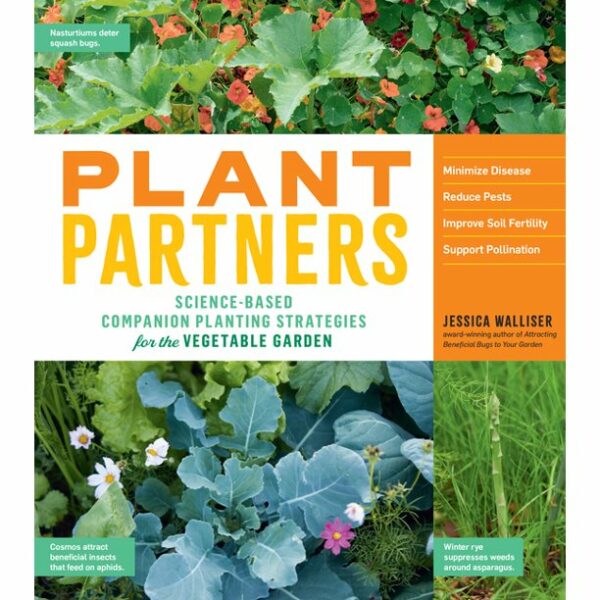
Harvesting and Preserving
Most green bean varieties are ready to harvest 45-60 days after planting, when beans are firm and about the diameter of a pencil. Pick daily to encourage continued production.
It’s easy to freeze extra green beans, or you can dry or can them for later use. If you have more green beans than you can eat or preserve, share your bounty with your local food bank! Food banks don’t often get donations of fruits and vegetables, and their clients will welcome the fresh food. You can find your local food bank at FeedingAmerica.org.
